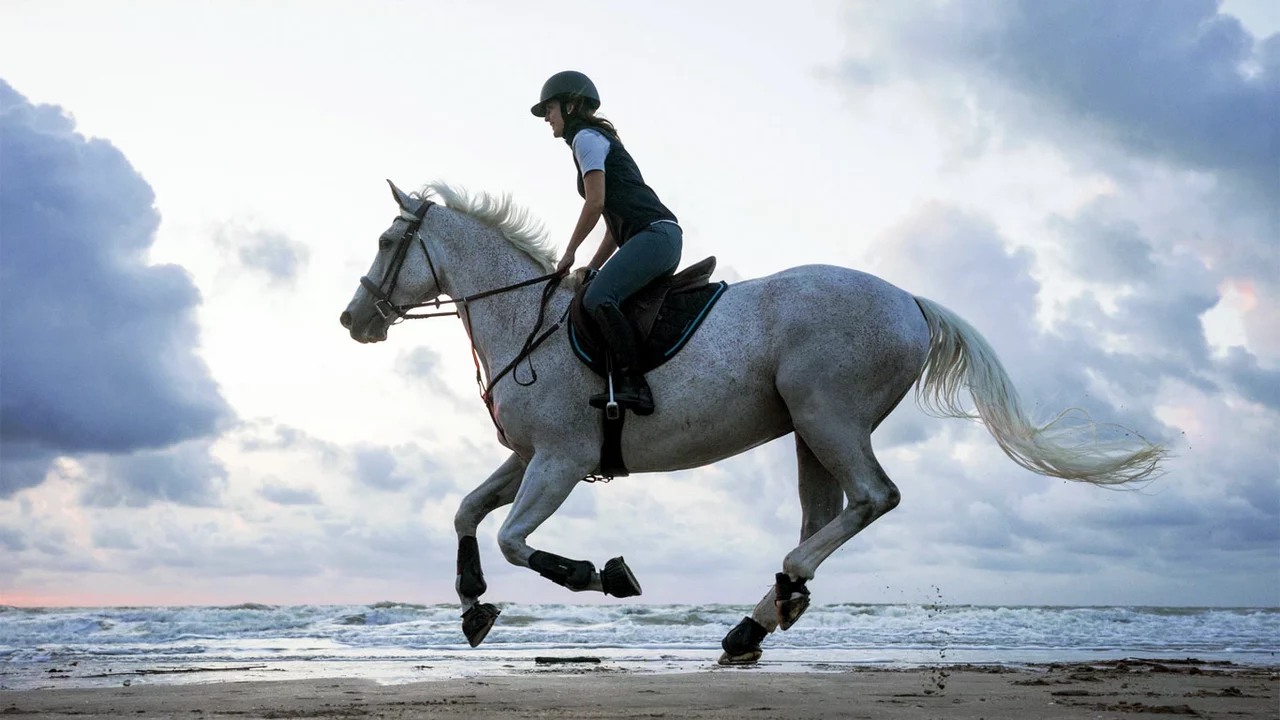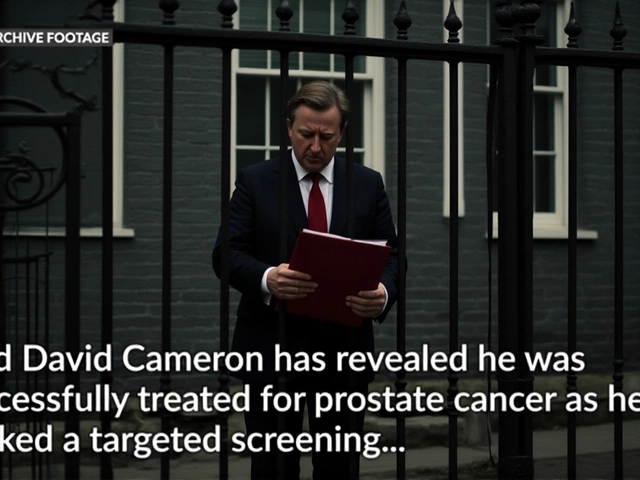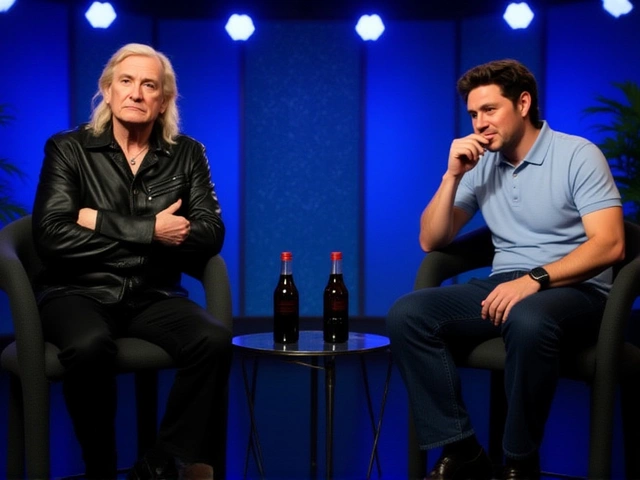Power Dynamics in Equestrian Sports: Finding the Right Balance
When you get on a horse, it’s not just about who’s in charge. It’s a conversation between two bodies that have to move as one. The way you share power with the horse decides if the ride feels smooth or if you’re constantly fighting for control.
Why Understanding Power Matters
Power in riding isn’t about being the boss. It’s about creating a partnership where the horse respects your cues and you respect its instincts. If you push too hard, the horse can become scared or resistant. If you’re too soft, you might never get the signals you need. The sweet spot is a clear, calm exchange of cues.
One easy way to feel this balance is by paying attention to the horse’s ears, eyes, and posture. Ears forward mean the horse is listening. Flattened ears can signal fear or irritation. By noticing these signals early, you can adjust your aids before the situation escalates.
Practical Tips to Keep Power Balanced
Start with your own posture. A balanced seat and relaxed shoulders let the horse feel your steadiness. When you sit deep in the saddle, the horse gets a clear point of reference and can follow your direction without guessing.
Use light, consistent reins instead of pulling hard. Light tension gives the horse a guide without hurting its mouth. If you need more response, shift your weight slightly forward or back rather than yanking.
Practice the “soft hands, firm legs” rule. Your legs tell the horse when to move forward, while your hands guide the direction. Keep the leg pressure steady and the rein contact soft. This combo teaches the horse that you’re in charge without being harsh.
Take a moment after each ride to reflect. Did the horse seem tense? Did you have to repeat cues many times? Jot down quick notes and think about one tiny change for next time – maybe a different seat cue or a smoother transition.
Remember, power dynamics shift during different activities. Jumping, trail riding, and dressage each need a slightly different balance. Adjust your aids accordingly, but always keep the communication clear.
Finally, give the horse a break. Even the most trained horse can get overloaded. A short walk or a calm stall time helps reset the relationship and keeps the power exchange healthy.
By watching the horse, staying calm, and using light, consistent cues, you’ll build a partnership where power flows both ways. The ride becomes safer, more enjoyable, and you’ll both trust each other more with every session.



